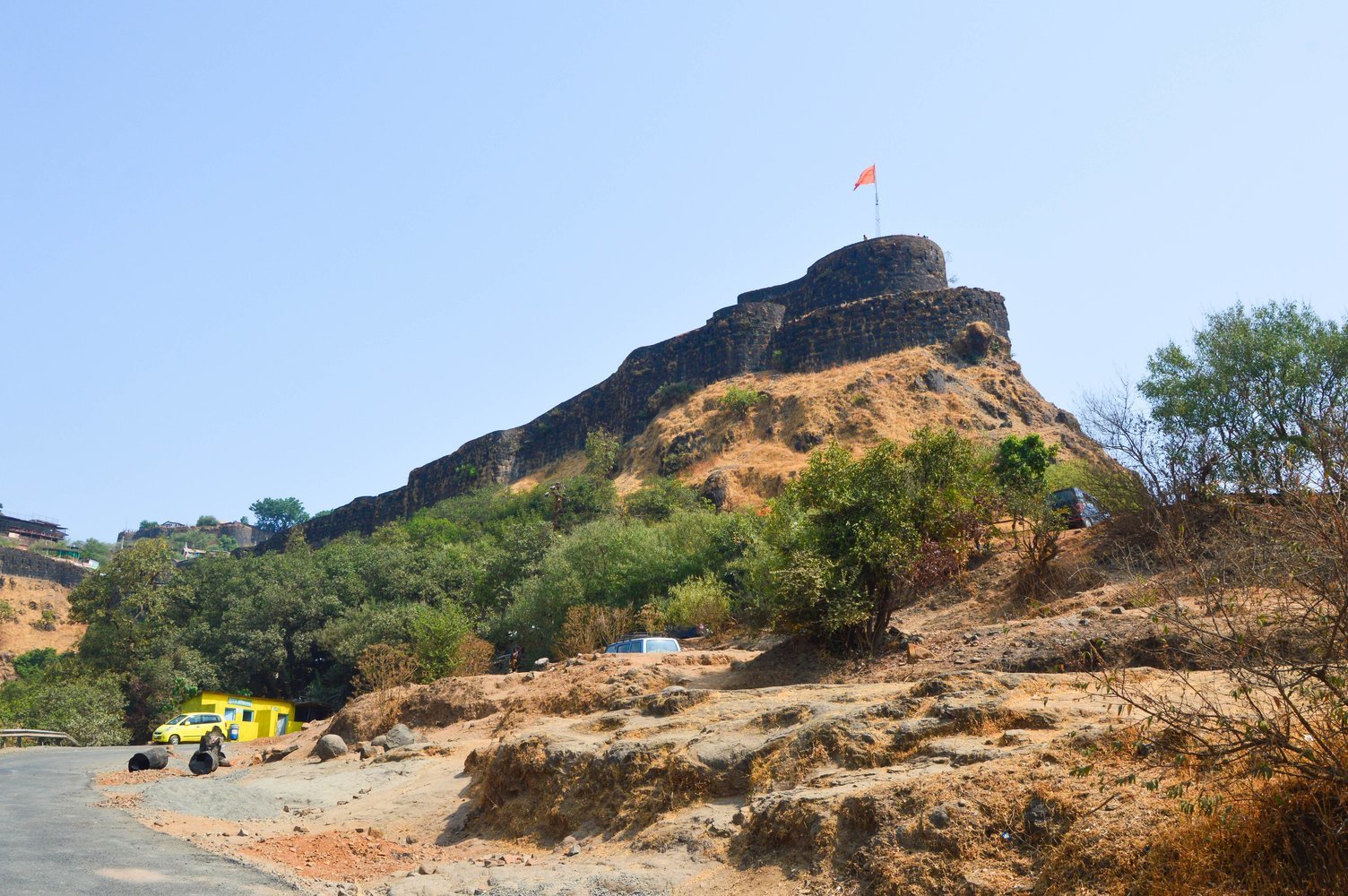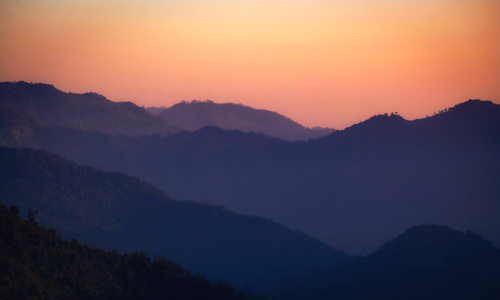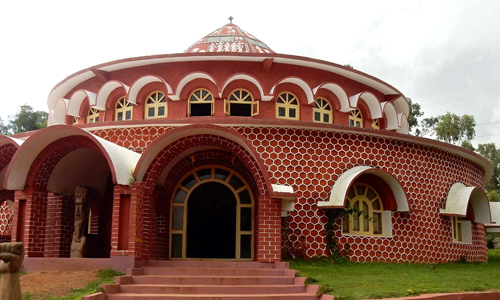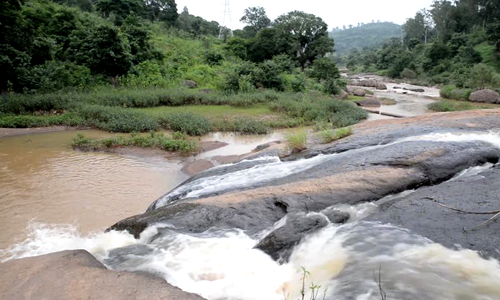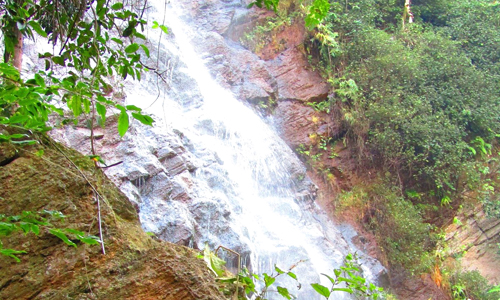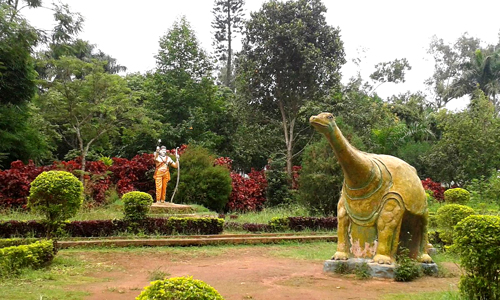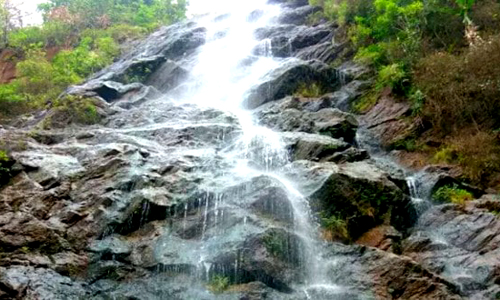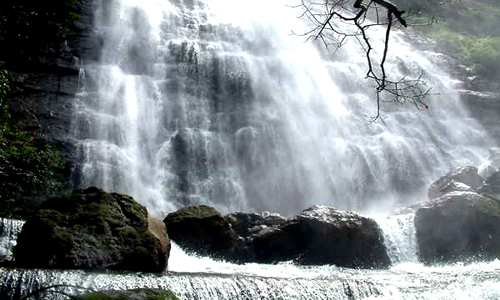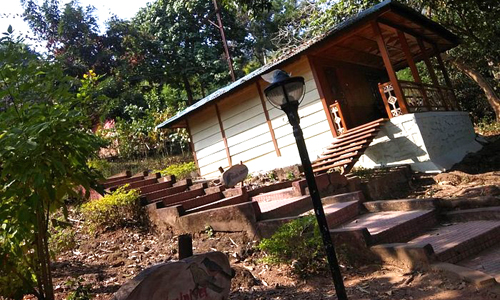Borra Caves in the Ananthagiri mandal of the Visakhapatnam district in Andhra Pradesh. They are one of the most extensive caves in the country. Borra Caves is another exciting place to visit in Araku Valley.
People visiting this area visit the small temple the locals built outside the cave. A common belief is that the Shiva Lingam found here had a cow-shaped stone formation on top of it. The Gosthani River that runs through Vizag has its source in the udder of this cow.
Because the Gosthani River flowed over the limestone, the Borra Caves were made. People visit these caves to see the beautiful stalactite and stalagmite formations, which include Shiva-Parvathi, Rishi's Beard, Mother-Child, Crocodile, Human Brain, Tiger, and Cow's Breast.
The caves are full of exciting calcium deposit structures called stalagmite and stalactite. There was a time when the Gosthani River went through the caves between the rocks. The holes were formed when the river ran over the limestone area. The mineral layers were pushed down by the humic acid and the limestone that had dissolved in the water. As the limestone broke down, it dripped in small amounts, making the cave's shapes.
What is unique about Borra Caves?
Borra Caves is one of the most extensive caves in the country. It has stalactite and stalagmite forms that are millions of years old. The beautiful caves are more than 1,400 metres above sea level and are a treat for the eyes. Borra Caves is a must-visit during the Araku tour packages.
History
William King George of the Geological Survey of India found these holes in the ground in 1807. Locals say that a cowherd once lost his cow while it was feeding. He quickly realised that his cow was on the ground. As the cowherd looked for the cow, he found these holes and a Linga inside one. People see the Linga as a symbol of Lord Shiva, who saved the cow. After that, a small temple to Shiva came into existence right next to this cave.


